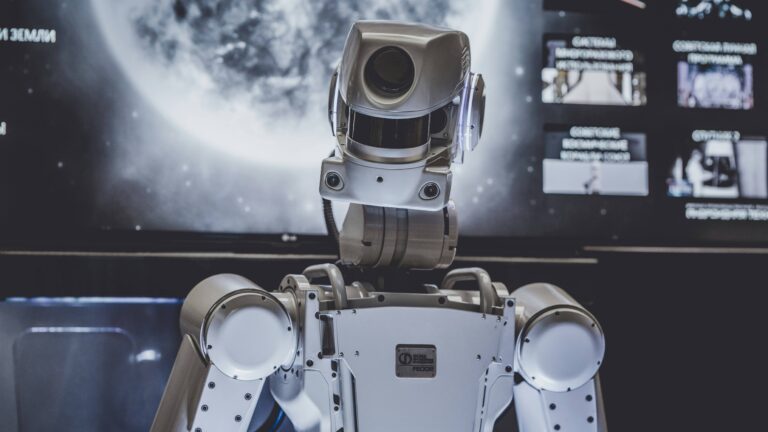Machine Learning Basics: Everything You Need to Know in 2025

Machine Learning has become a buzzword across industries, from self-driving cars to Netflix recommendations. But what exactly is it? and why does it matter? In this guide, we’ll break down the fundamentals of machine learning, its importance, real-life applications and free resources to help you start your journey.
1. What is Machine Learning?
Machine learning is a branch of Artificial Intelligence (AI) that allows computers to learn from data and improve their performance over time without being explicitly programmed. Think of it like teaching a child how to identify a cat by showing thousands of cat pictures and eventually, the child learns the pattern. In ML, the computer does the same thing using algorithms.
2. Why is Machine Learning Important?
Machine learning is transforming how we analyze data, automate tasks and make decisions. why it is crucial?
- Automation: ML enables systems to perform tasks without human intervention.
- Data Insights: It helps businesses make sense of massive datasets.
- Personalization: ML powers personalized user experiences (E.g. Amazon or Spotify).
- Efficiency: Increases productivity by optimizing processes.
3. Key Types of Machine Learning
There are three primary types of machine learning:
Supervised Learning
Data is labeled.
Example: Email spam filters (Spam or Not Spam).
Unsupervised Learning
Data is not labeled.
Example: Market segmentation in e-commerce.
Reinforcement Learning
Algorithm learns by trial and error.
Example: Robotics or gaming AI like AlphaGo.
4. Real-Life Use Cases of Machine Learning
Let’s explore some areas where Machine Learning is already making a big impact:
1) Entertainment:
- Netflix uses ML to recommend shows and movies based on viewing history.
- Spotify creates personalized playlists like “Discover Weekly.”
2) Transportation:
- Self-driving cars by Tesla or Waymo are powered by machine learning.
- Route optimization in apps like Google Maps.
3) Healthcare:
- Machine Learning detects diseases like cancer early through image recognition.
- Predictive analysis for patient care.
4) E-commerce:
- Amazon’s recommendation engine uses ML.
- Fraud detection in online transactions.
5) Customer Service:
AI chatbots like ChatGPT and voice assistants (Alexa, Google Assistant) use machine learning to improve responses.
5. Well-Known Tools That Use Machine Learning
| Tool | Use Case |
|---|---|
| TensorFlow | Open-source ML framework by Google |
| Scikit-learn | Simple ML tools for data analysis |
| Google Colab | Free notebook to run ML code online |
| Keras | User-friendly deep learning API |
| Teachable Machine | Train ML models without coding |
6. Best Free Resources to Learn Machine Learning
1) Google’s Machine Learning Crash Course:
- A beginner-friendly course from Google.
- Link: https://developers.google.com/machine-learning/crash-course
2) Fast.ai:
- Practical deep learning course for coders.
- Link: https://course.fast.ai
3) MIT OpenCourseWare:
- Free ML lectures and notes from MIT.
- Link: https://ocw.mit.edu
4) Coursera – Andrew Ng’s ML Course:
- The most popular ML course online.
- Link: https://www.coursera.org/learn/machine-learning
5) Books:
- Hands-On Machine Learning with Scikit-Learn and TensorFlow by Aurélien Géron
- Pattern Recognition and Machine Learning by Christopher Bishop
7. Tips for Beginners
Start with Python which is the most popular language for Machine Learning.
Use Google Colab to practice coding in your browser.
Focus on understanding algorithms and not just using them.
8. Final Thoughts
Machine learning is no longer a futuristic concept. it is shaping our present and future. Whether you are a student, business owner or curious learner. It is the perfect time to explore this powerful technology.
Pro Tip: You don’t need to be a coder to use Machine Learning. Tools like Teachable Machine let anyone build models with drag and drop tools.
You Might Also Like


